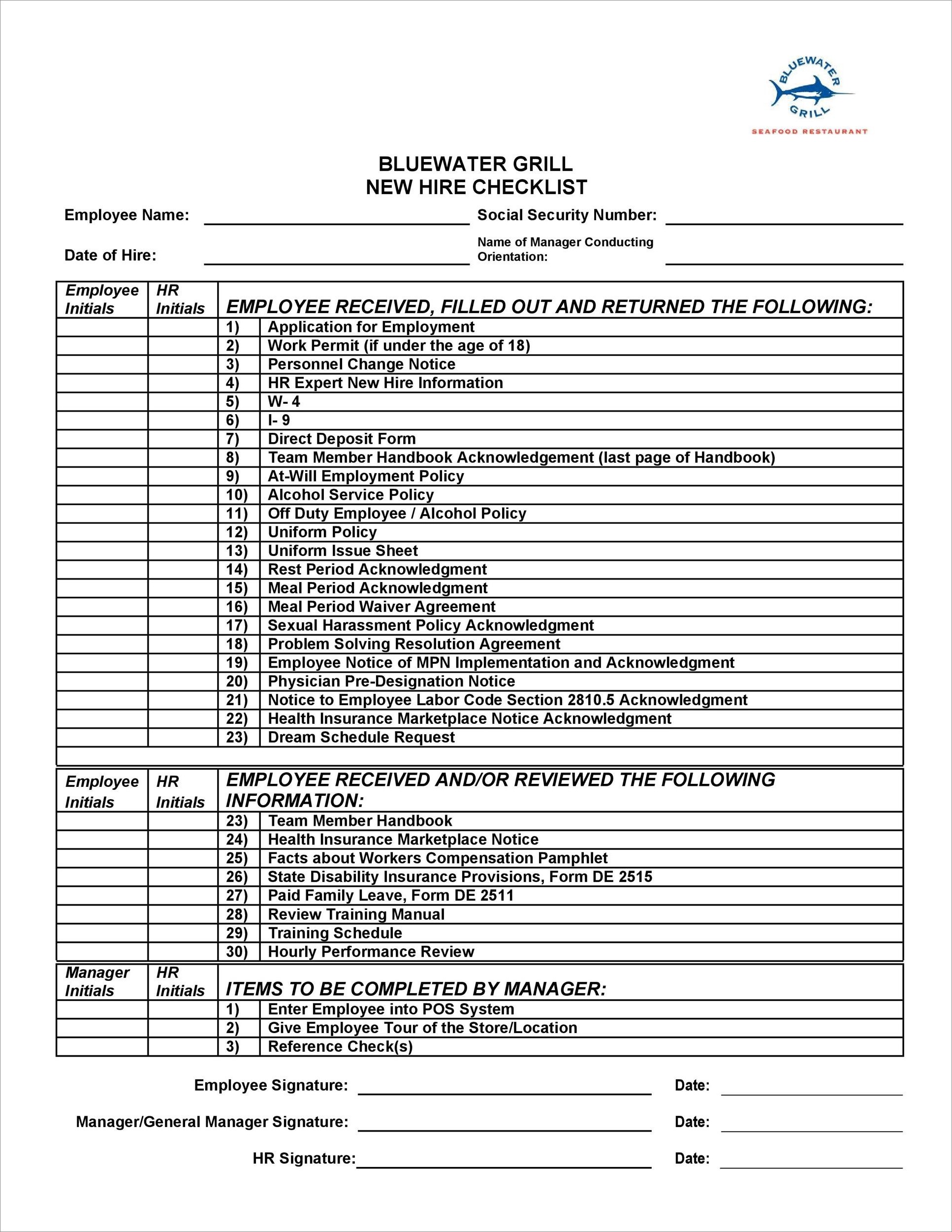Welcoming a new employee to your team is an exciting time for both the individual and the organization. As an employer, it is crucial to ensure that the onboarding process is smooth and efficient, setting your new hire up for success from day one. To achieve this, a new hire checklist can be an invaluable tool.
This comprehensive guide will walk you through all the essential steps and considerations involved in creating an effective new hire checklist.
Why is a New Hire Checklist Important?
Before diving into the details of creating a new hire checklist, it is important to understand why this tool is so vital for employers. A new hire checklist serves as a roadmap for the onboarding process, ensuring that all necessary tasks and paperwork are completed promptly. It helps to streamline the process, reducing the chances of important steps being overlooked or delayed. Additionally, a well-designed new hire checklist helps to create a positive and welcoming experience for the new employee, setting the tone for their relationship with the organization.
Creating an Effective New Hire Checklist
Now that you understand the importance of a new hire checklist, let’s dive into the key elements and considerations for creating an effective one.
1. Preparing for the New Hire
The onboarding process begins even before the new employee’s first day. It is important to ensure that their workstation is set up, the necessary equipment and tools are ready, and any required training materials are prepared. This stage also involves communicating with the existing team members about the new hire’s arrival and introducing them to the company culture and values.
2. Essential Paperwork and Documentation
Several legal and administrative tasks need to be completed when bringing on a new employee. These include verifying their eligibility to work, completing tax forms, setting up payroll and benefits, and providing any necessary employment contracts or agreements. It is important to ensure that all required paperwork is collected and processed promptly to avoid any legal or compliance issues.
3. Orientation and Training
Orientation and training are crucial aspects of the onboarding process. This stage involves providing the new employee with a comprehensive overview of the organization, its mission, and its values. Additionally, it is important to provide any necessary training or guidance to help the employee become familiar with their role and responsibilities. This may include training on company processes, systems, and software.
4. Introducing the New Hire to the Team
Building strong relationships within the team is essential for a new employee’s success. This stage involves introducing the new hire to their team members, arranging informal meetings or team-building activities, and providing opportunities for them to get to know their colleagues. This helps to foster a sense of belonging and support within the organization.
5. Setting Clear Expectations and Goals
Setting clear expectations and goals is crucial for the new employee to understand what is expected of them and to align their efforts with the organization’s objectives. This stage involves discussing performance expectations, outlining key deliverables, and establishing a plan for ongoing feedback and performance evaluation.
6. Providing Necessary Resources and Support
Ensuring that the new employee has all the necessary resources and support to perform their job effectively is essential. This stage involves providing access to relevant tools, software, and systems, as well as assigning a mentor or buddy who can provide guidance and support during the initial period. Regular check-ins and open communication channels are also important to address any questions or concerns the new hire may have.
7. Ongoing Evaluation and Feedback
The onboarding process does not end after the first week or month. Regular evaluation and feedback sessions are important to ensure that the new hire is integrating well into the organization and to address any areas for improvement. This stage involves setting up regular check-ins, soliciting feedback from the new employee and their team members, and making any necessary adjustments to ensure their success.
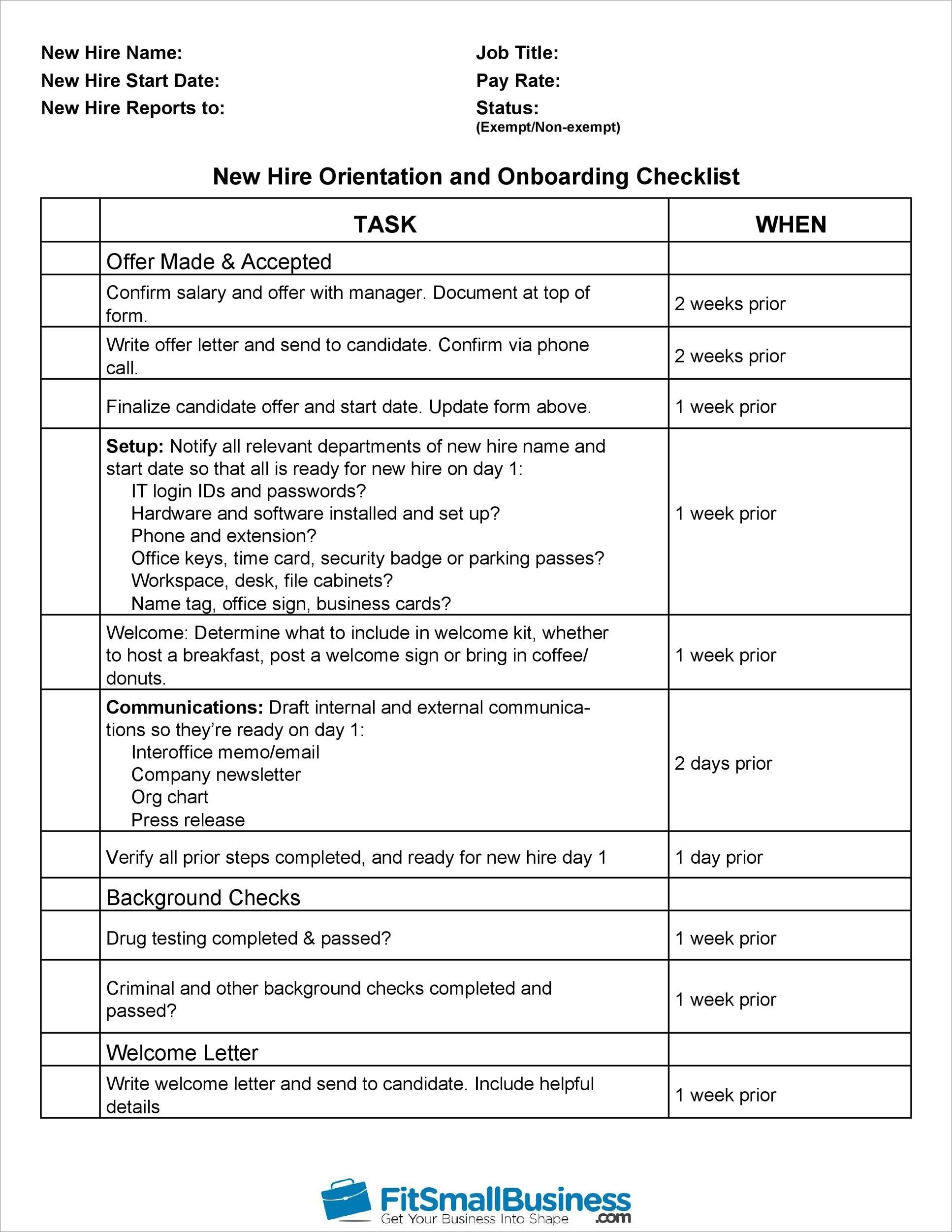
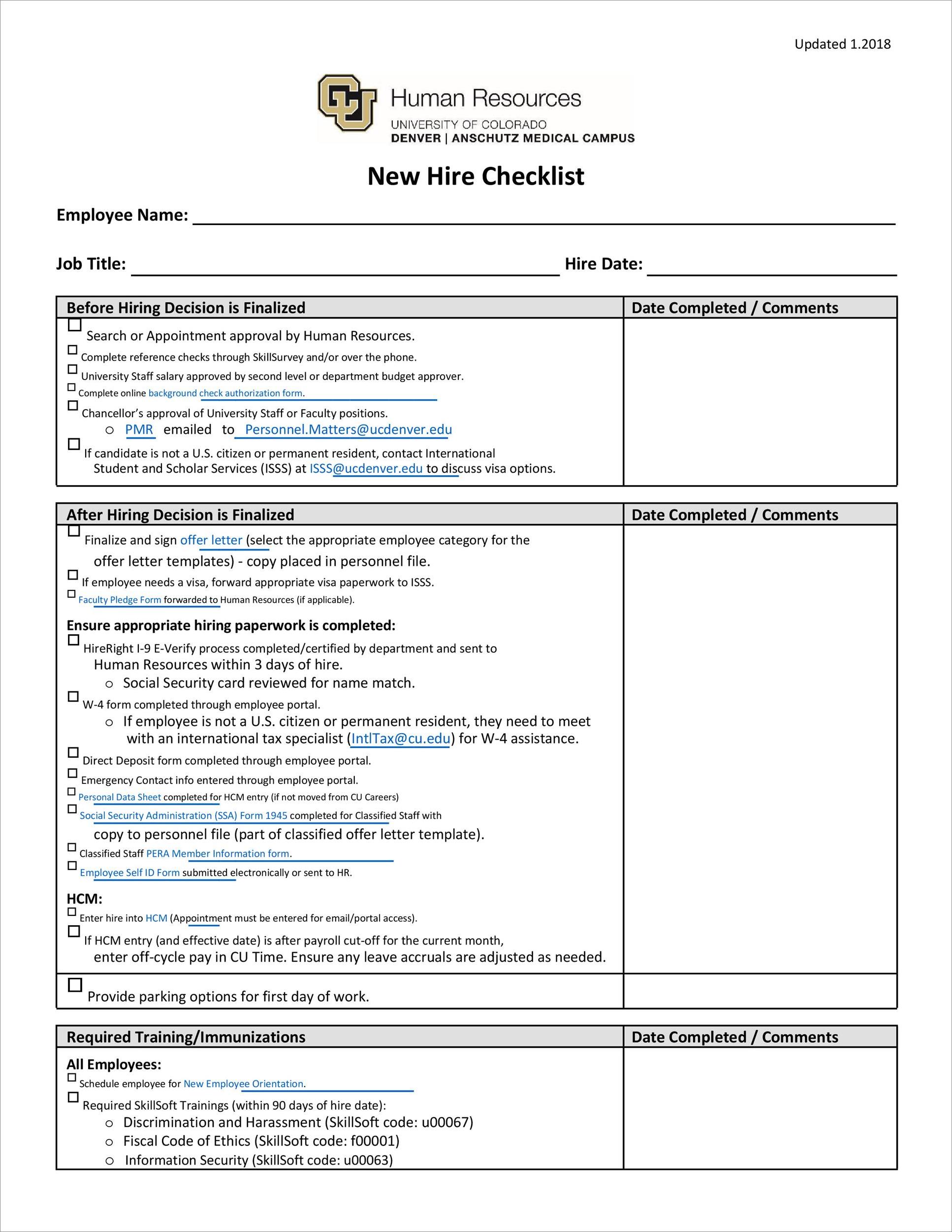
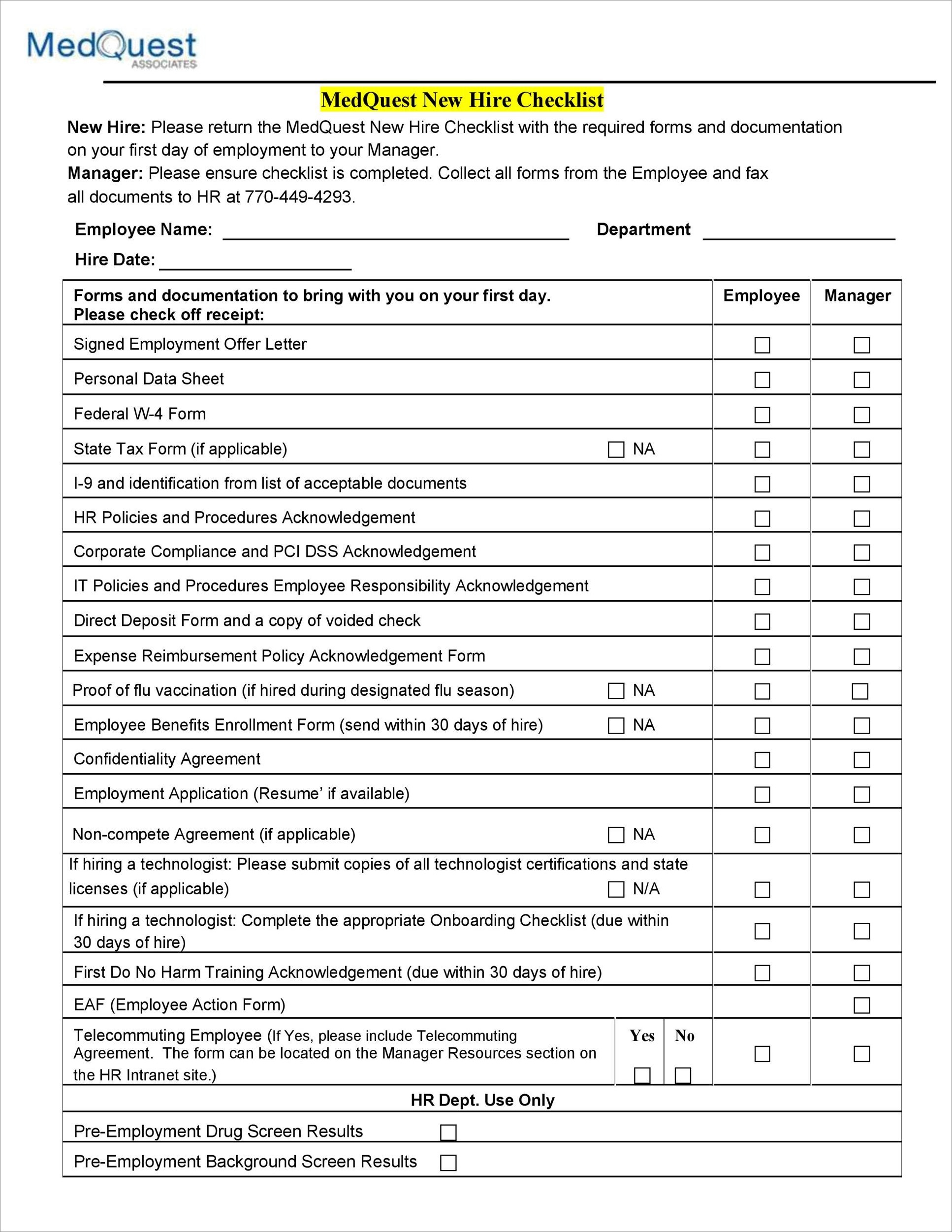
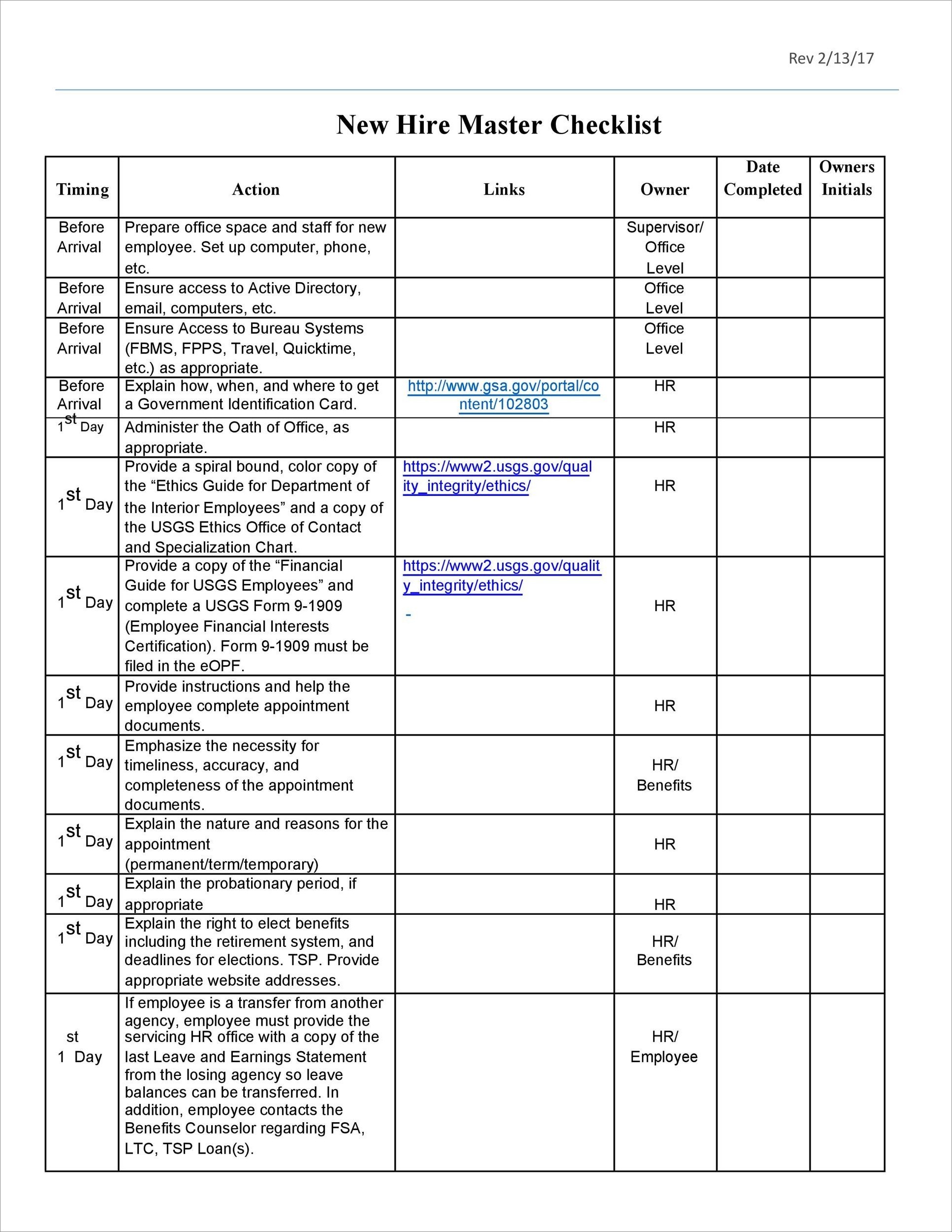
Additional Considerations for a Successful Onboarding Process
In addition to the key elements mentioned above, there are a few additional considerations that can contribute to a successful onboarding process:
- Provide a welcome package: Consider creating a welcome package with company swag, essential information, and a personalized note to make the new hire feel valued and appreciated.
- Assign a mentor or buddy: Pairing the new employee with a mentor or buddy who can provide guidance and support can significantly enhance their onboarding experience.
- Encourage social integration: Foster social integration by organizing team-building activities or social events to help the new hires feel connected to their colleagues.
- Collect feedback: Regularly collect feedback from the new hire, their team members, and relevant stakeholders to identify areas for improvement and make necessary adjustments to the onboarding process.
- Continuously improve: Treat the onboarding process as an iterative process and continuously look for ways to improve and enhance the experience for new hires.
- Provide ongoing support: Ensure that the new employee has access to ongoing support and resources as they navigate their new role and responsibilities.
Conclusion
Creating a comprehensive new hire checklist is essential for employers to ensure a smooth and successful onboarding process. By following the key elements and considerations outlined in this guide, you can create an effective onboarding experience that sets your new hire up for long-term success within your organization.
New Hire Checklist Template Word – Download
